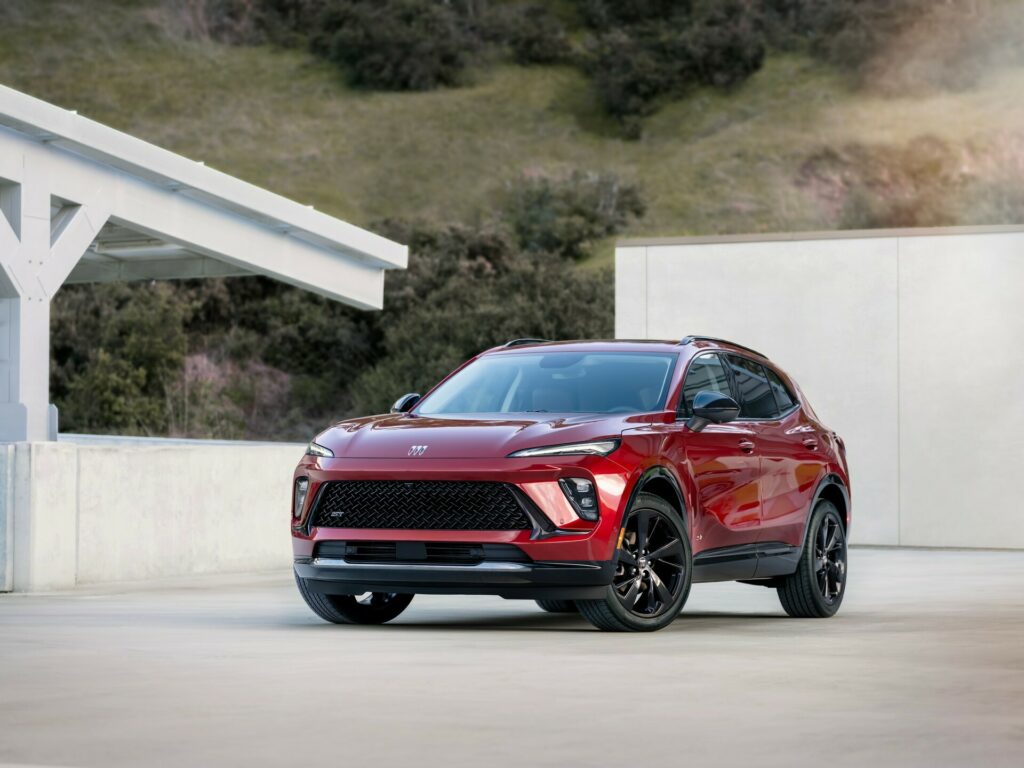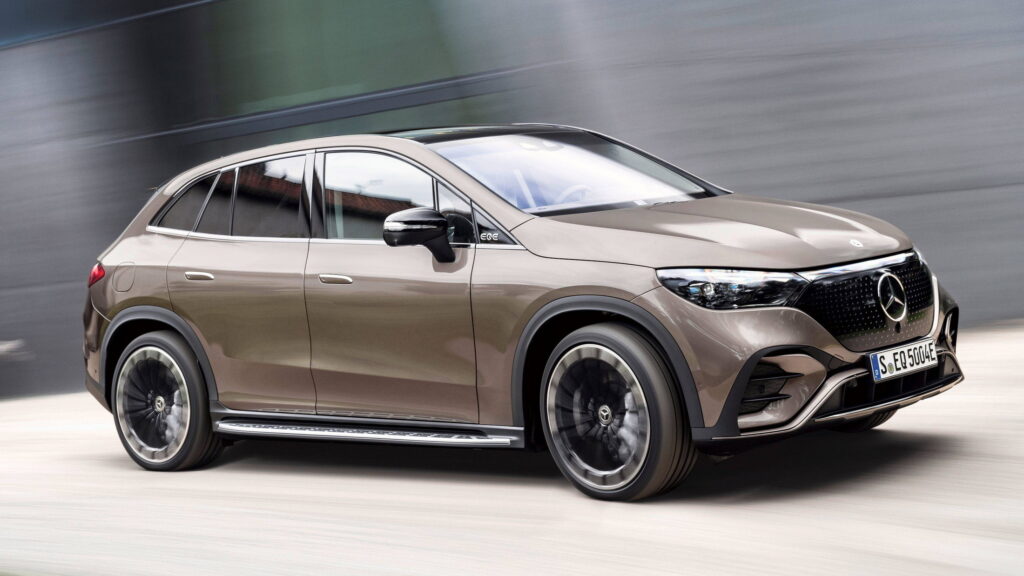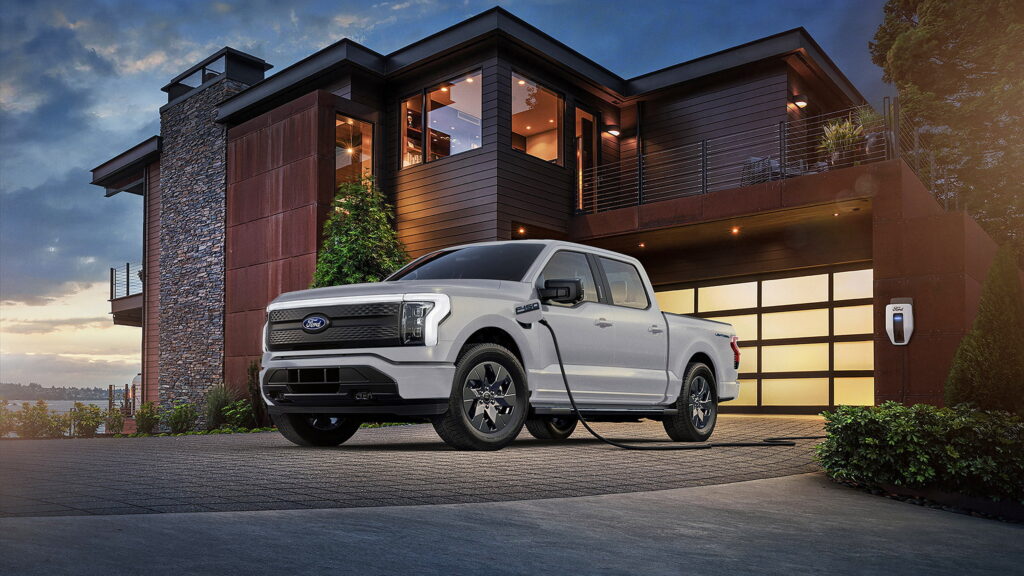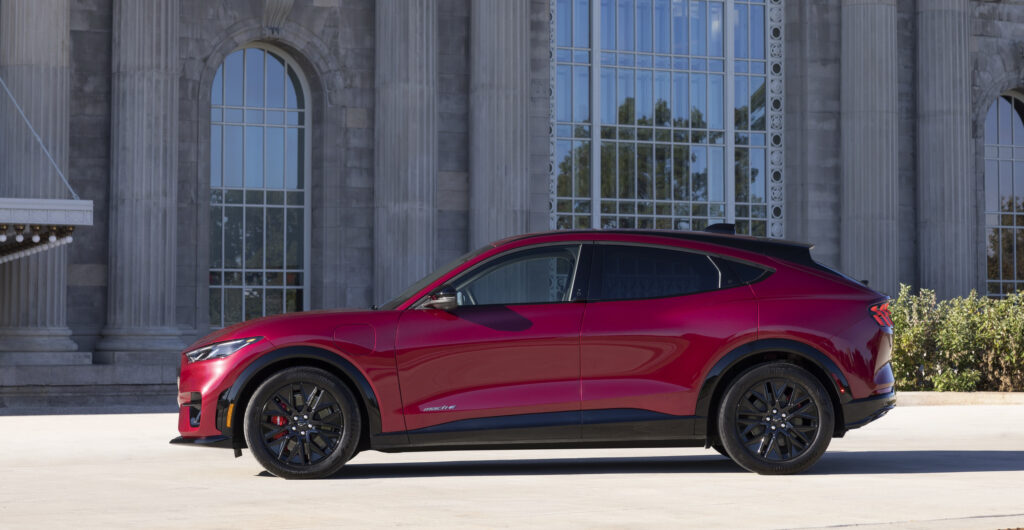Going On an Electric RIDE With Patrick Duan
School Transportation News sat down with Patrick Duan, Co-CEO at RIDE to learn more about how the electric school bus manufacturer is approaching the North American school bus market and the future of funding.
Duan started his career with parent company BYD in 2004, serving as a design engineer. He continued up the ranks, ultimately serving as the senior vice president of operations. After 20 years with BYD, Duan became the co-chief executive officer of the new RIDE division. He’s held the position for the past two years.
RIDE, which offers purpose built electric school buses, launched its Achiever Type A followed by its Dreamer Type D in 2021. Its Creator Type C officially entered the market last summer, at which point STN EXPO West trade show attendees voted it the Best Green Technology.
Duan discusses the guiding principles of RIDE, the remaining challenges and emerging opportunities of electric school buses, and more.
STN: What inspires RIDE when creating new school buses and technology?
Duan: At RIDE, we develop and deliver innovative transportation technologies designed to positively impact people’s lives, especially those of children, our most important passengers. Inspired by a deep commitment to safety and health, we strive to create solutions that ensure a secure and nurturing journey for the next generation.
STN: What is your long-term vision for the future of school transportation in the U.S., and how does RIDE fit into that picture?
Duan: School transportation will not only be safer, cleaner and more efficient, but it will also contribute to energy resiliency. Battery-electric school buses serve as mobile energy storage units, integrating with local microgrids to support the community’s energy needs.
RIDE emphasizes the innovation of battery technology and integration with charging infrastructure and utility platforms, while maintaining a strong focus on customer support.
STN: What do you see as the advantages of electric school buses, beyond the environmental benefits?
Duan: Vehicle-to-Grid (V2G). Bi-directional capability allows electric school buses to both draw power from and supply power to the grid. This enables ESBs to act as distributed energy resources, supporting grid stability, peek shaving, and energy storage, making them active participants in modern, flexible grid systems. V2G capability makes ESBs not only cleaner but also more cost-efficient for school transportation by allowing electric school buses to store energy when demand and prices are low and feed that energy back to the grid when demand is high.
STN: What are some of the challenges school districts face when transitioning to electric school buses? How is RIDE helping them overcome those barriers?
Duan: Transitioning to ESBs requires extensive project coordination among key stakeholders, including OEMs, contractors and utility companies. While ESBs offer significant long-term cost savings over traditional powertrains, the initial investment for vehicles, chargers and infrastructure can be substantial. RIDE Eco, a dedicated team supported by a nationwide network of partners, was formed three years ago to deliver turnkey solutions that cover charging infrastructure, technology integration and project financing, simplifying the transition for school districts.
STN: What has customer feedback been on the Type C Creator that STN EXPO West attendees awarded Best Green Technology last year?
Duan: Thank you for the recognition. We’ve received overwhelmingly positive feedback on the quiet, smooth operation of the Creator, as well as its versatile range of vehicle sizes and battery capacities. What truly sets the Creator apart is its commitment to safety—featuring the “Blade Battery” design—and our industry-leading, 12-year, 800 MWh throughput battery warranty, providing unmatched long-term value and peace of mind.
STN: Why is the Blade an important long-term technological advancement for RIDE’s electric school buses?
Duan: The new Blade Battery offers exceptional safety and longevity. Built with lithium iron phosphate (LFP) cells, it has passed demanding safety tests—including the nail penetration test—without emitting smoke or fire, showcasing outstanding thermal stability. Its innovative blade-shaped, cell-to-pack architecture eliminates traditional modules, significantly boosting space efficiency and enabling higher volumetric energy density for extended driving range.
STN: Can you share any details of pilot programs or partnerships that you see as proving the business case for electric school buses?
Duan: Since 2024, we have delivered over 160 electric school buses in the U.S. A flagship deployment in Northern California features 75 RIDE Achiever buses equipped with V2G technology. On average, this fleet collectively returns 4.5 MWh of energy to the grid each day—enough to power approximately 150 homes for a full day.
STN: How do you see policy and funding (EPA Clean School Bus Program, state funding, mandates, regulations) playing a role in accelerating the adoption of electric school buses?
Duan: Federal and state-level funding and mandates are essential for accelerating the adoption of ESBs. Programs such as the EPA’s Clean School Bus Program provide substantial grants and rebates that help offset the upfront costs of the vehicles and associated charging infrastructure. In addition, state-level incentives increase affordability and often align with broader climate and transportation goals. States like California have
implemented mandates with clear timelines, creating market certainty for school districts, manufacturers and utility providers.
These funding mechanisms often go beyond vehicle procurement, including support for planning and infrastructure development. This ensures that districts are equipped not only with buses, but also with the necessary charging equipment, workforce training and grid upgrades. Such support is especially critical for enabling advanced technologies like V2G, which require robust infrastructure and coordination across multiple sectors.
STN: How do you see tariffs impacting the industry?
Duan: Tariffs could significantly impact the entire school bus industry and its supply chain. This is particularly true for the rapidly growing ESB sector, where tariffs can create short-term cost pressures and disrupt supply chains. These added costs may slow down deployment and strain school district budgets.
STN: Why did RIDE choose to build up its school bus inventory instead of 100-percent, made-to-order like other OEMs?
Duan: RIDE brings extensive experience in designing and manufacturing a wide range of commercial electric vehicles, including transit buses and coaches—segments that typically operate within a made-to-order, highly customized market. However, when we began developing our school bus platforms several years ago, we recognized a unique opportunity: To standardize the platform design.
This strategic shift has enabled significant improvements in our manufacturing processes, enhancing overall production efficiency, consistency and scalability. By moving away from a fully customized model and adopting a standardized approach for school buses, RIDE is better positioned to meet growing demand, streamline operations and deliver high-quality electric school buses at scale.
STN: What other innovations or trends are you most excited about in the next five years for school bus fleet electrification?
Duan: Two major innovations are poised to redefine the future of electric school bus fleets. First is the mass-market implementation of V2G technology, which positions ESBs as critical assets in energy resilience. By enabling bidirectional charging, school buses can store and return electricity to the grid, supporting peak load management, emergency back up, and greater grid stability.
Second is the integration of advanced driver assistance technologies, a game changer for both safety and operational performance. These technologies enhance driver and passenger safety, improve the overall driving experience, help address the ongoing driver shortage by easing workload, and boost fleet efficiency through features such as automated braking, lane-keeping and collision avoidance.
STN: Thank you.
Editor’s Note: As reprinted in the June 2025 issue of School Transportation News.
Related: (STN Podcast E265) Onsite at STN EXPO West: Innovations & Partnerships for School Transportation Success
Related: Funding, Data and Resiliency Needed for Electric School Bus Success
Related: V2G Legislation Looks to School Buses to Help Power Electric Grid
Related: Gallery: Green Buses, Bus Technology Highlighted on STN EXPO West Day 3
The post Going On an Electric RIDE With Patrick Duan appeared first on School Transportation News.





















